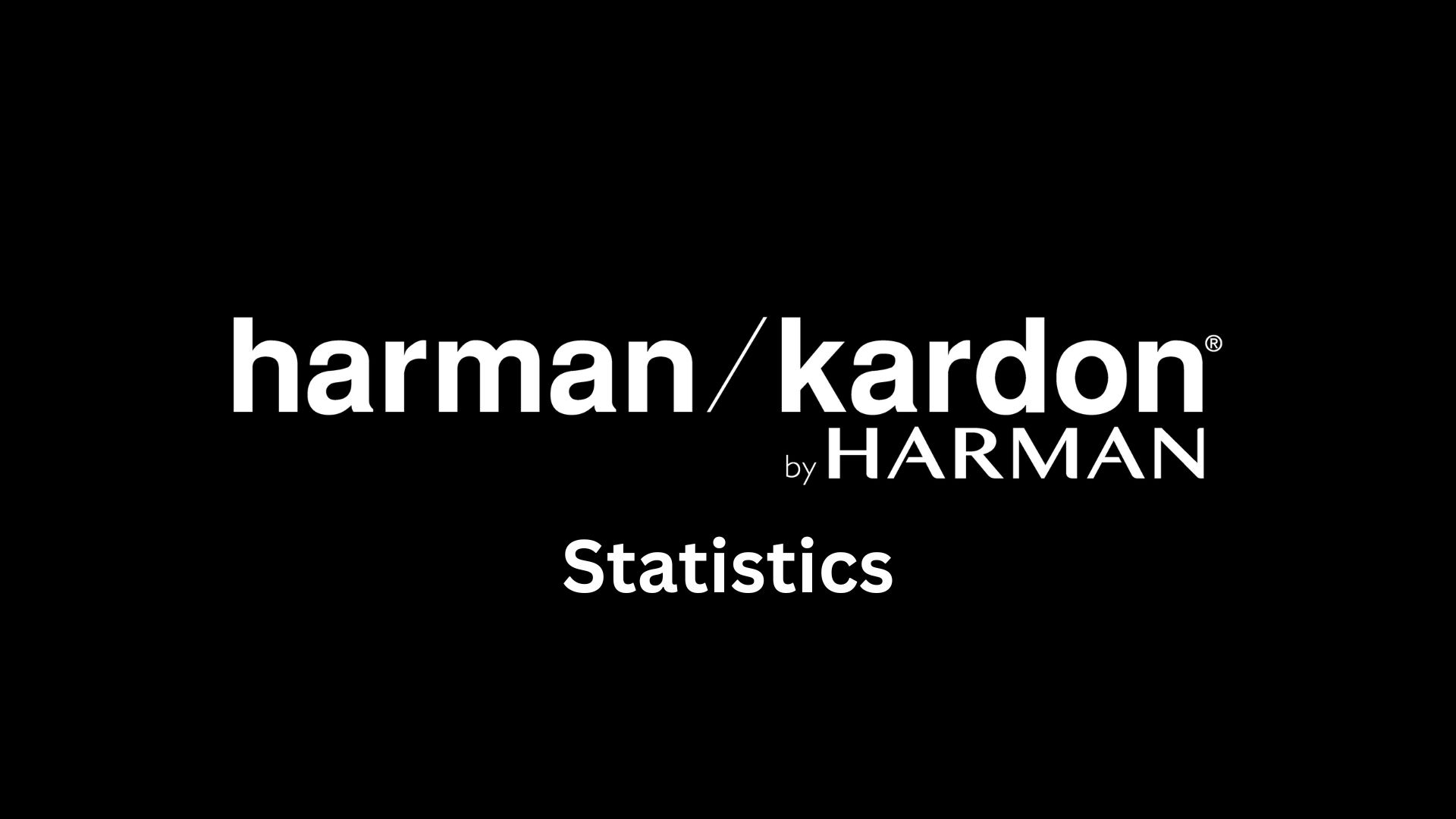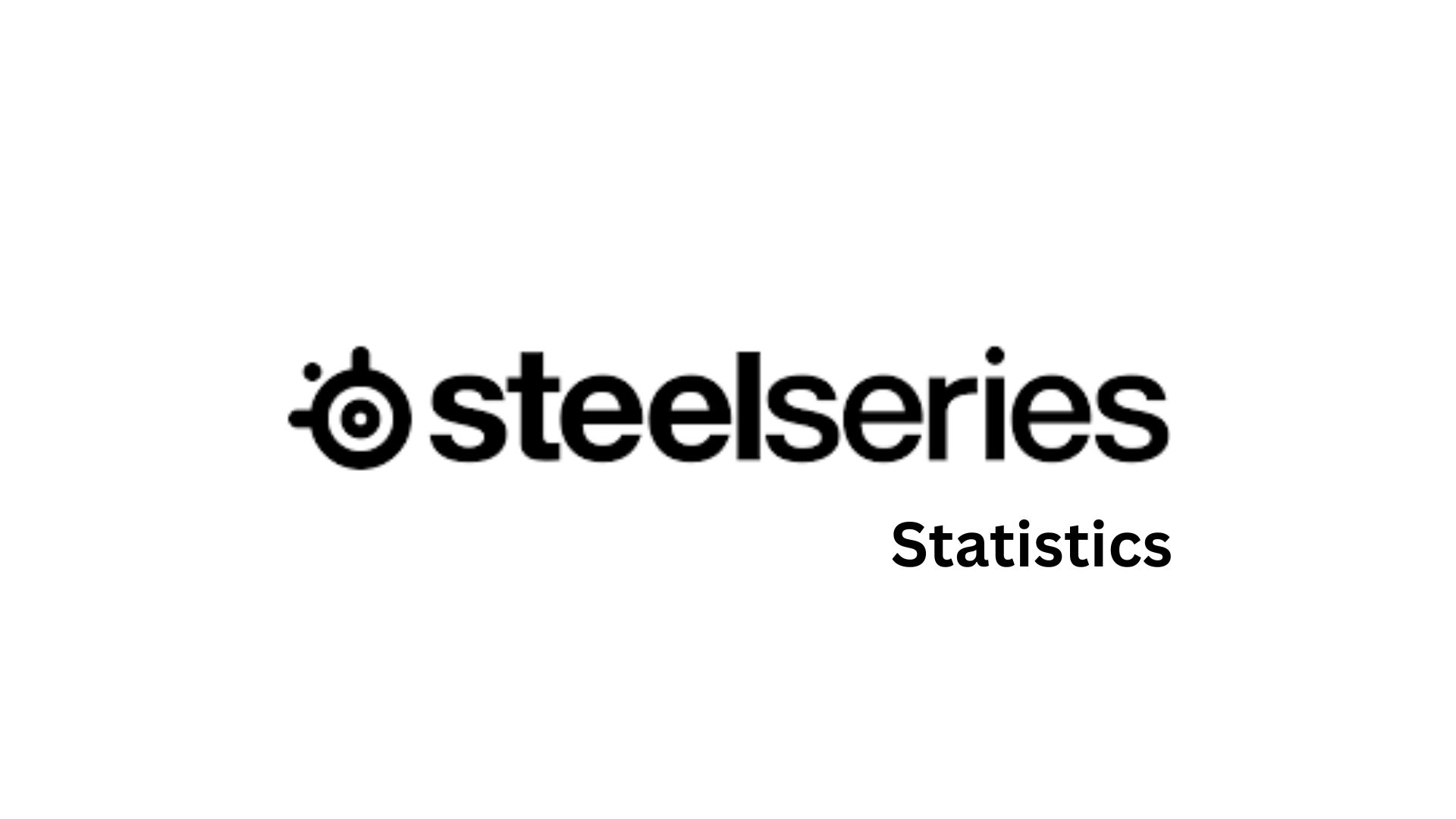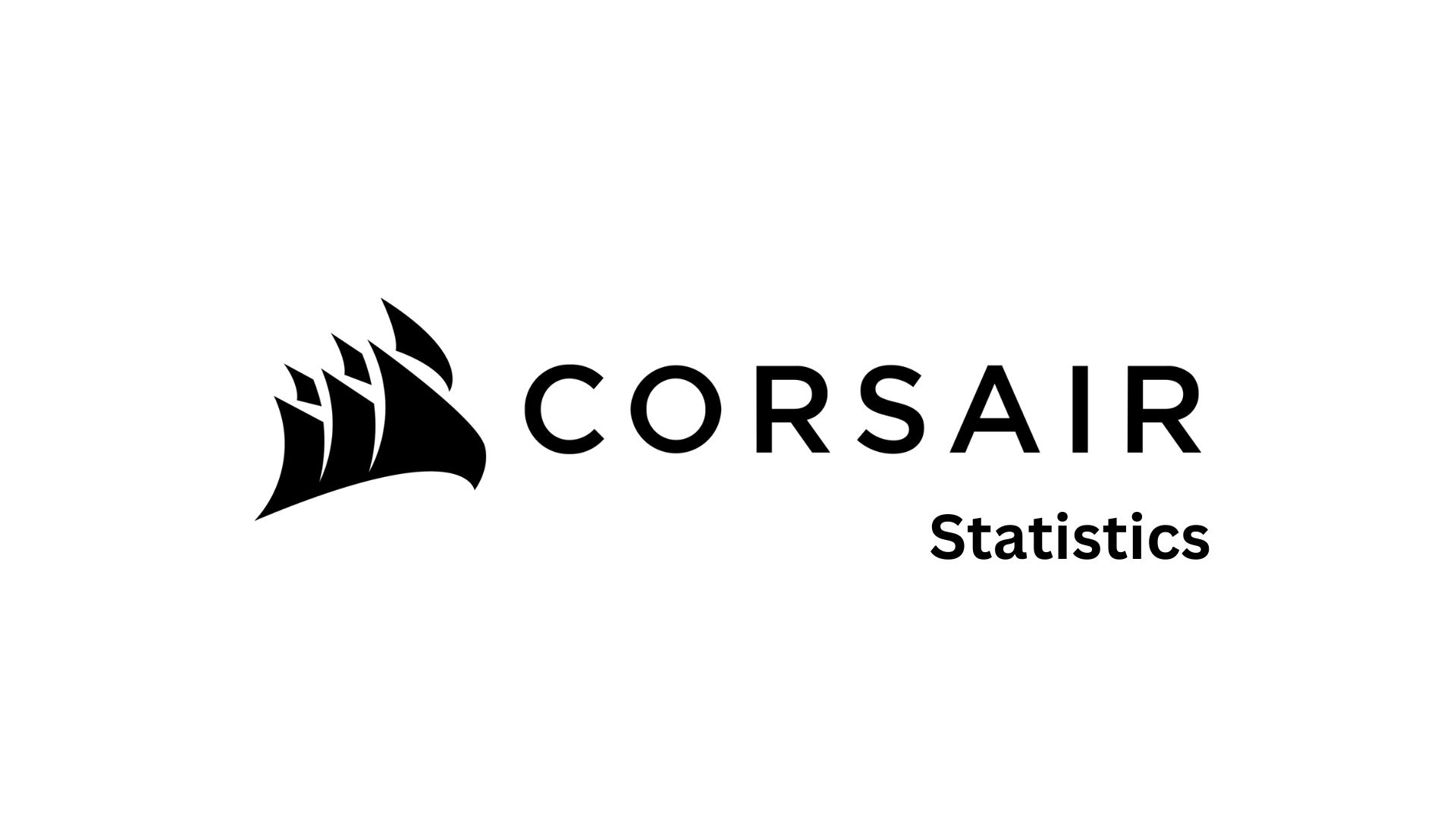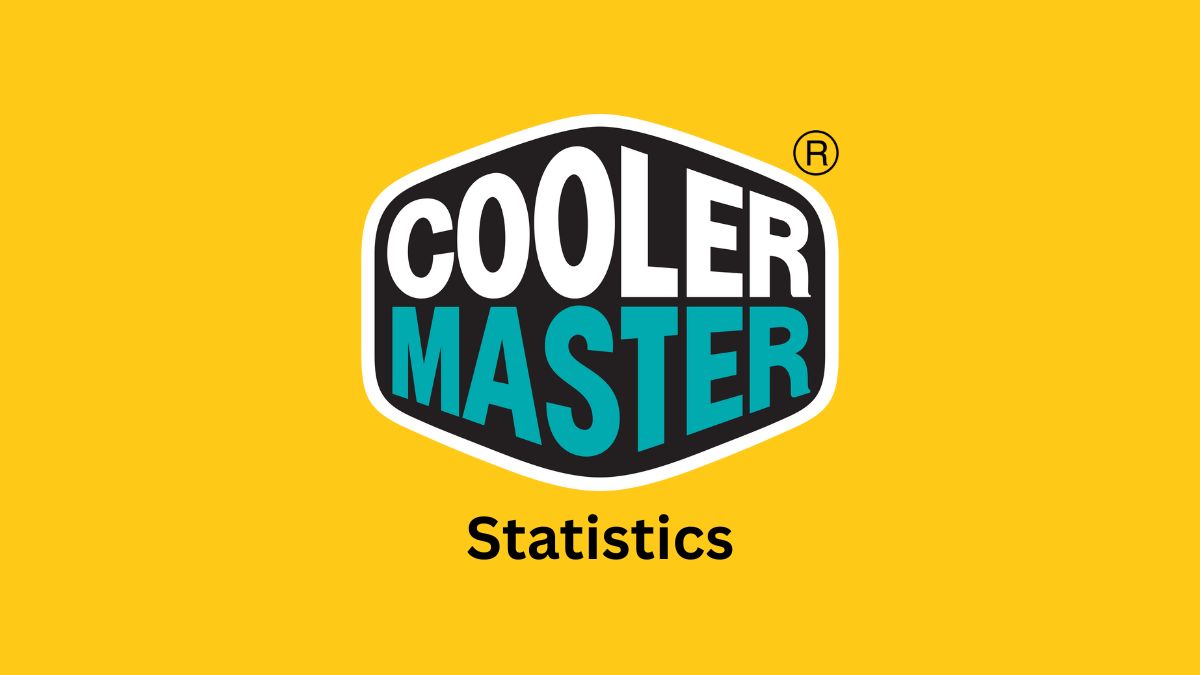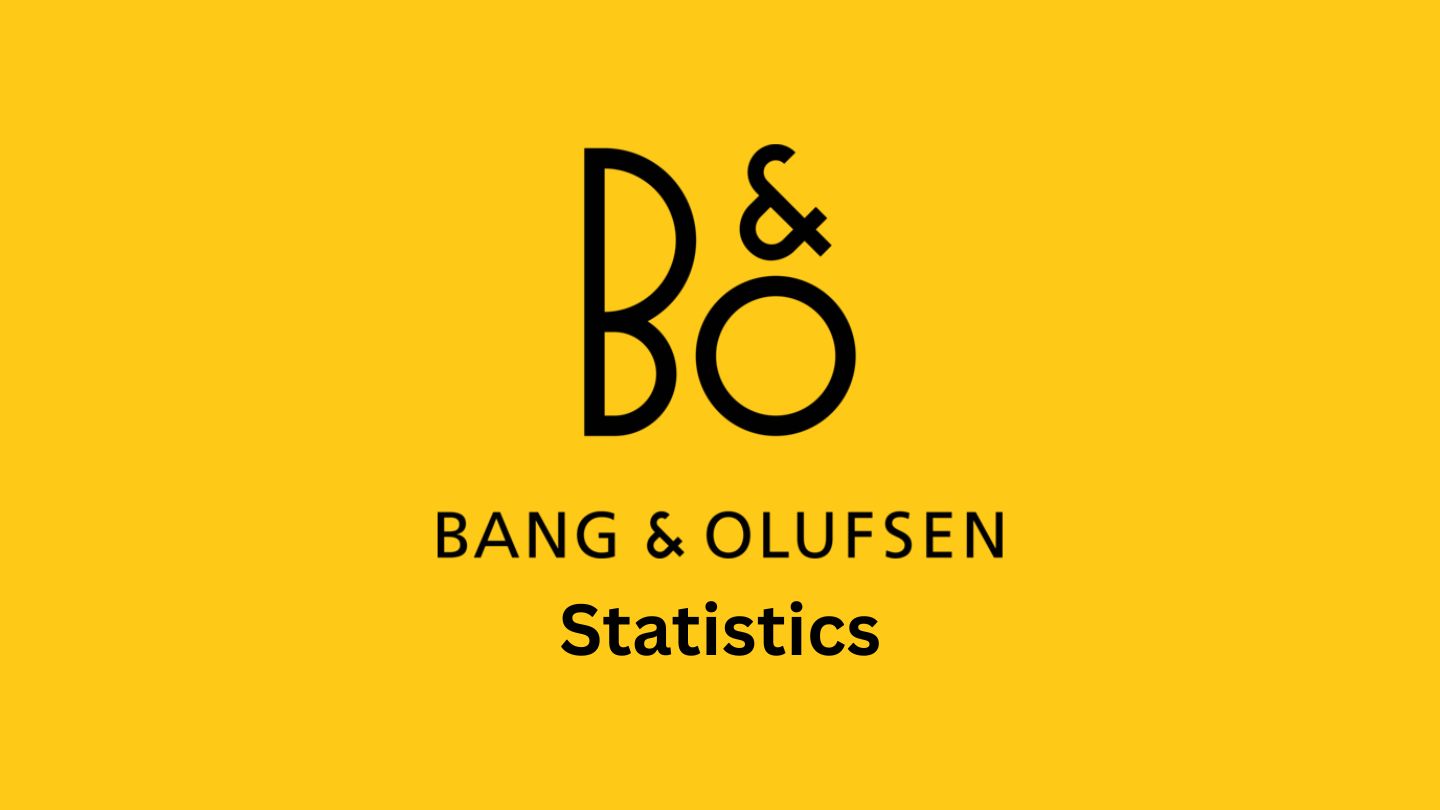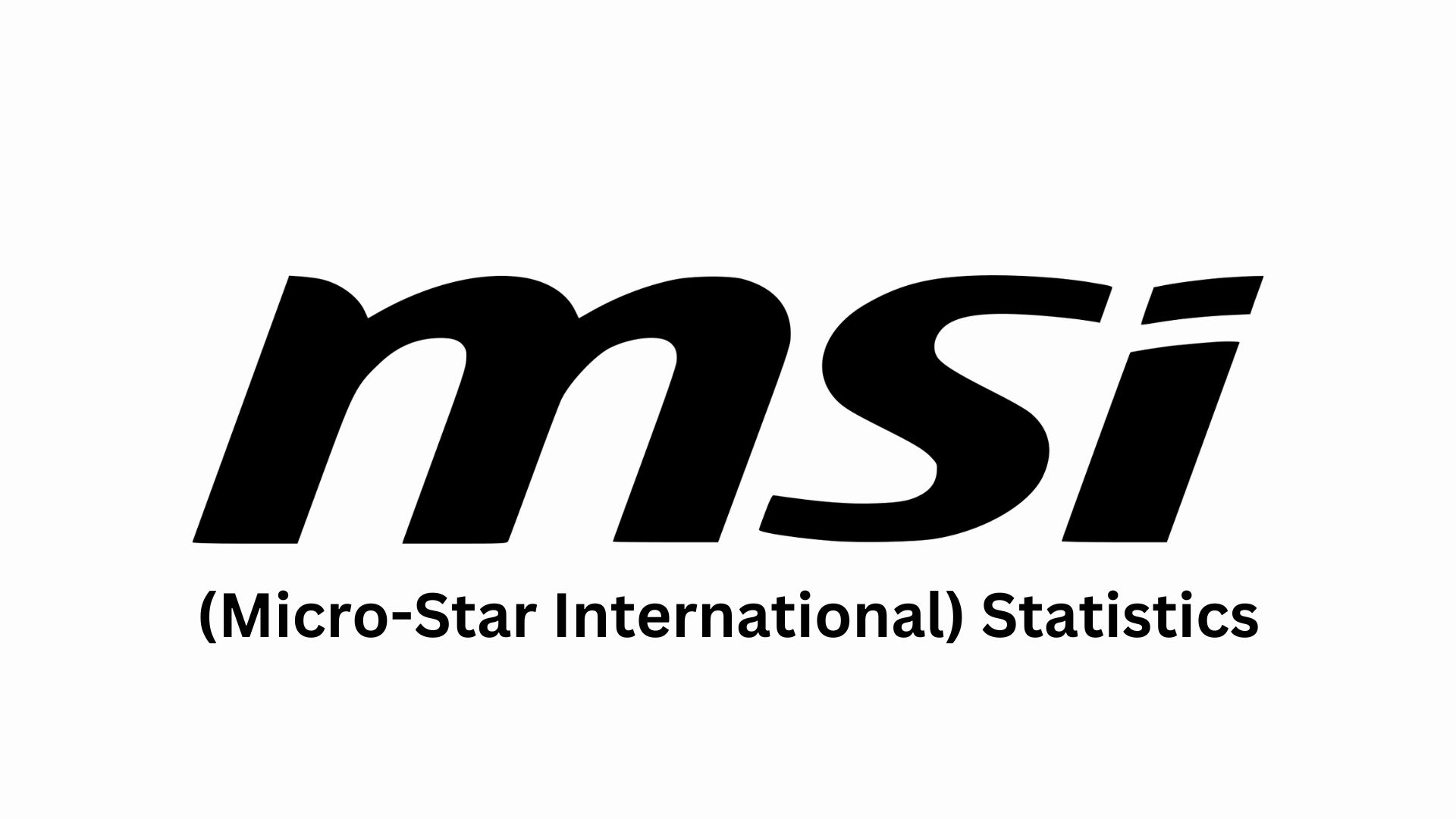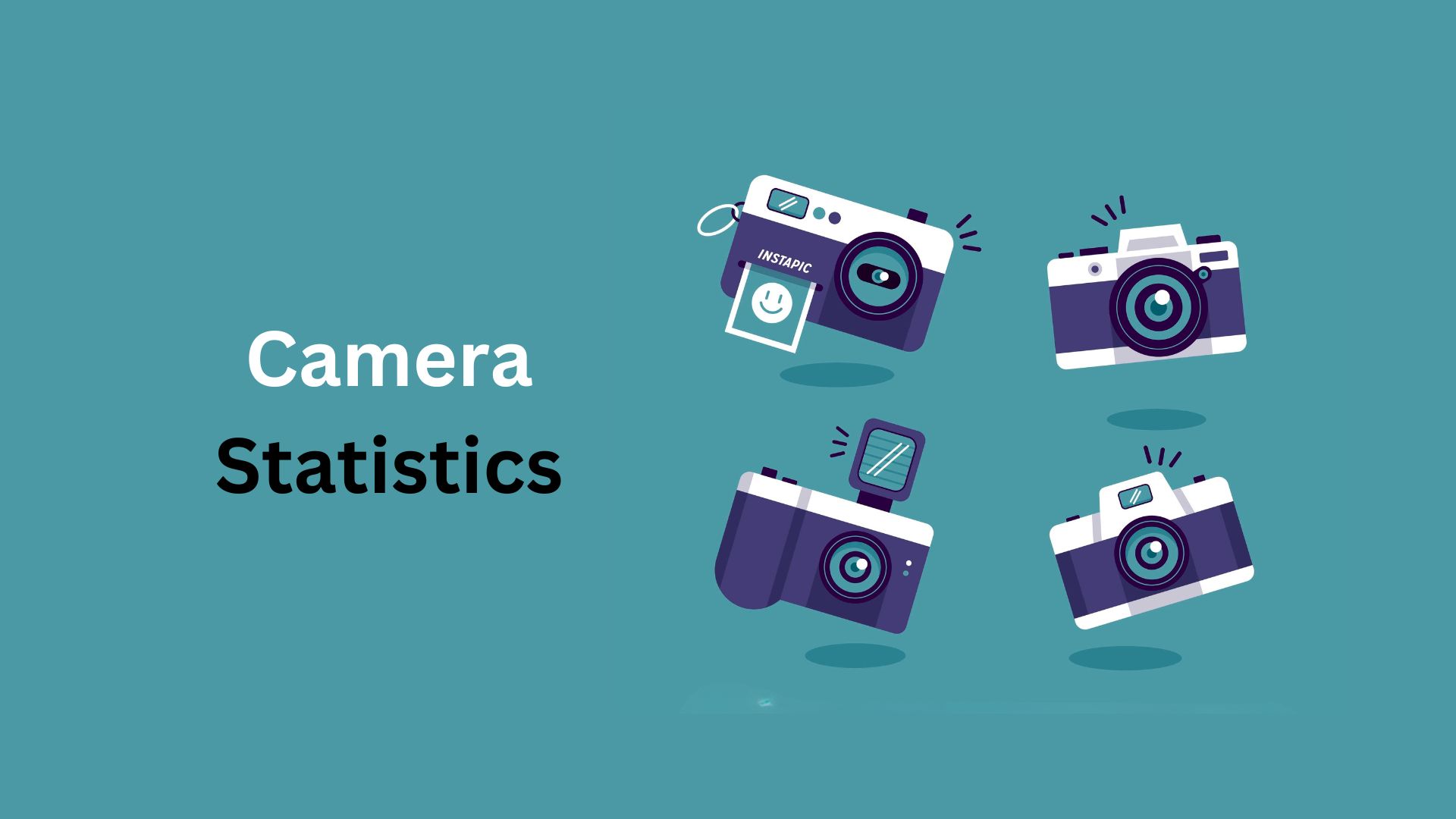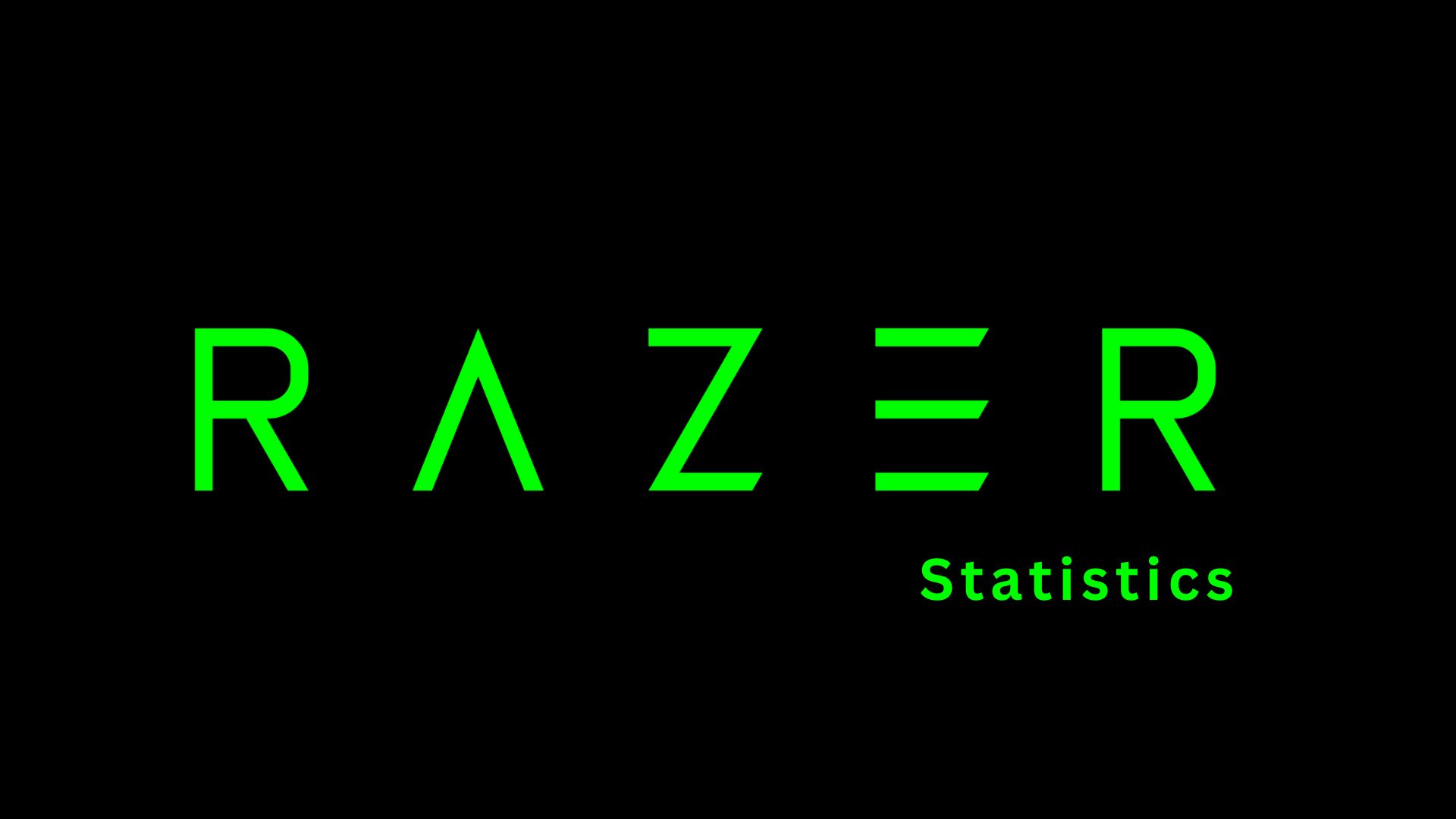IP Camera Statistics By Components, Market Size, Revenue and Facts (2025)
Updated · Sep 22, 2025
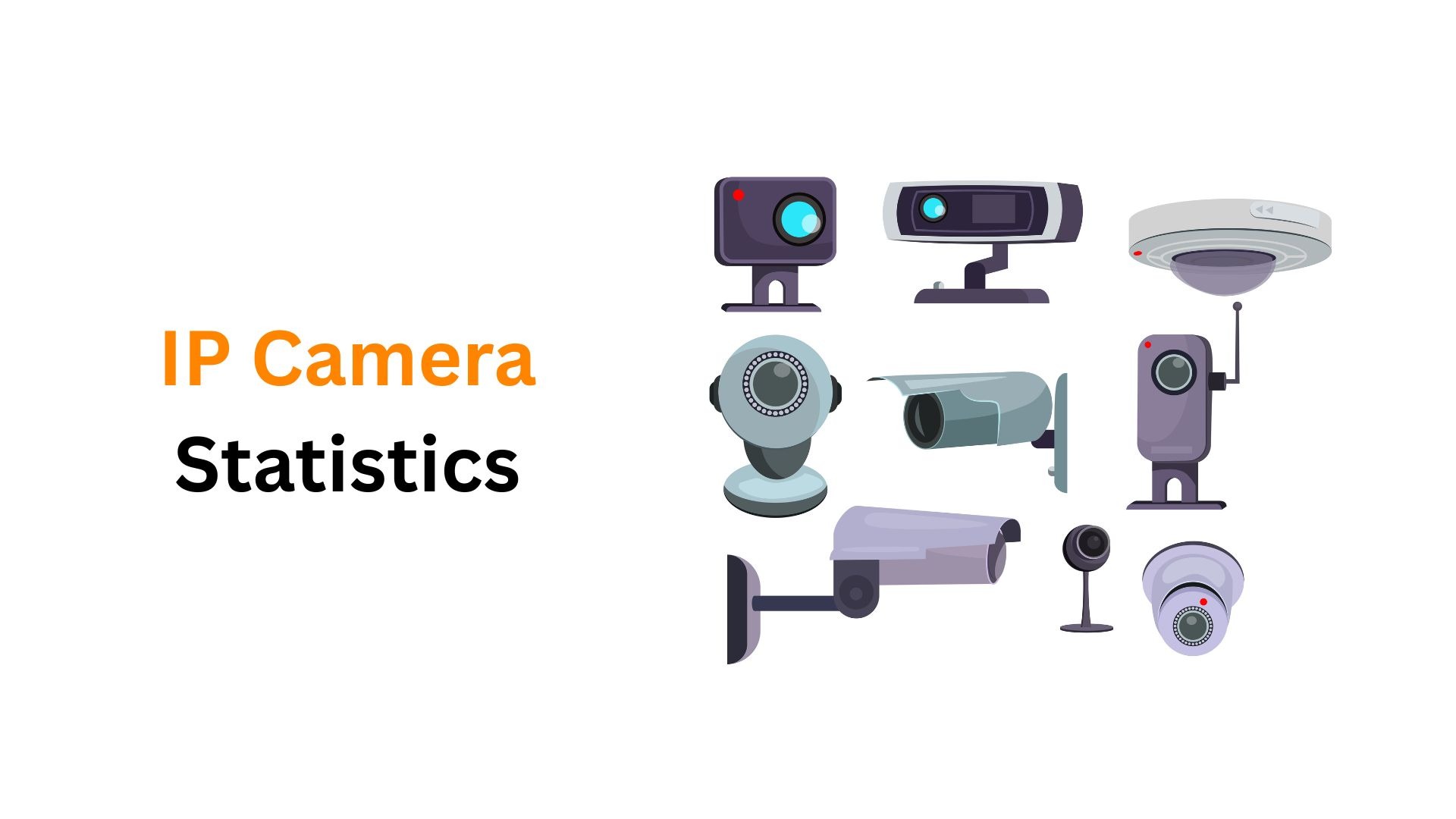
Table of Contents
Introduction
IP Camera Statistics: IP cameras, also known as network cameras, are digital video cameras that transmit their video over an IP network rather than providing an analogue signal. Throughout 2024, they continued to take over in-home, store, office, transit system, and city project implementations from the old analogue CCTV systems.
This article bundles the most significant IP Camera statistics for the 2024 market size, growth rates, investment, and developments.
Editor’s Choice
- Estimating the IP camera market at US$12.7 billion in 2023, it is expected to rise at a roughly 9% CAGR to attain US$42.7 billion by 2033.
- Asia Pacific dominates the market, accounting for a 49% share, followed by North America at 24% and Europe at 18%, with Latin America expected to register the fastest growth because of smart city projects and government investments.
- By component, the hardware segment accounted for 78%, but the fastest-growing segments include the services for installation, cloud storage, and monitoring.
- The market share distribution in the U.S., Q4 2016: NETGEAR at 31%, Nest/Dropcam at 16%, Night Owl at 10%, and Samsung at 8%.
- Spending Worldwide For Information Security Has Skyrocketed: From US$185 million in 2017 to nearly US$7 billion in 2024 for cloud security, and security services close to US$90 billion.
- Recent releases include D-Link’s India-made surveillance line (2023),3D EYE’s cloud license plate recognition (2023), and Hikvision’s new set of IP cameras (2022).
IP Camera Market Revenue
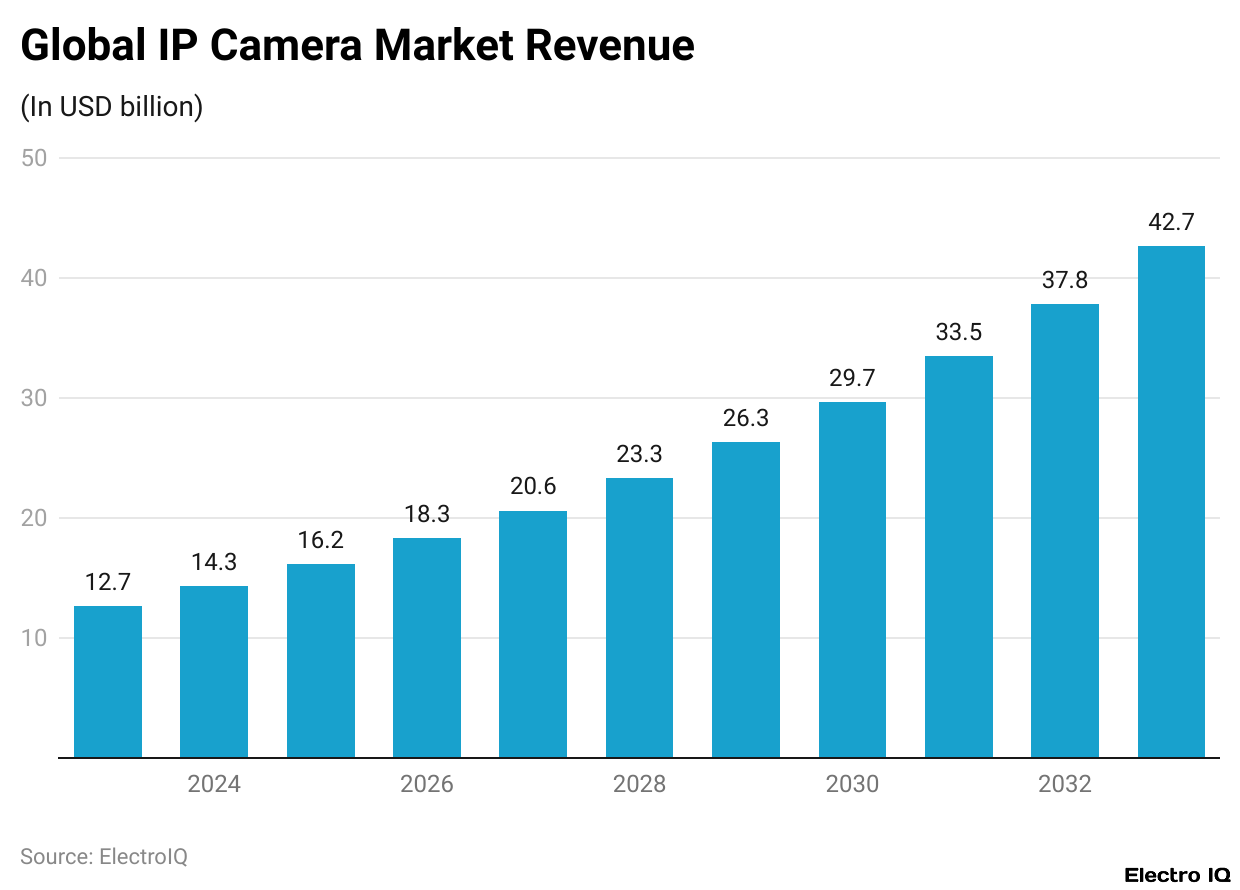
(Reference: coolest-gadgets.com)
- As per Coolest Gadgets, IP Camera statistics show that the global IP camera market is slowly and steadily gaining momentum year after year.
- It was valued close to US$12.7 billion in 2023 and is projected to rise to around US$14.3 billion in 2024.
- The trend picks up with the forecast of US$16.2 billion in 2025, followed by US$18.3 billion in 2026 and US$20.6 billion in 2027.
- Then in 2028, it’s forecasted to reach US$23.3 billion, followed by US$26.3 billion in 2029.
- This upward trend shall continue with a forecast of about US$29.7 billion in 2030, followed by US$33.5 billion in 2031.
- In the future, the market would be at US$37.8 billion in 2032 and subsequently cross US$42.7 billion in 2033.
- On average, the industry is expected to grow at a rate of about 9% annually, which could indicate that the global demand for IP cameras is growing steadily across the globe.
IP Camera Market By Region
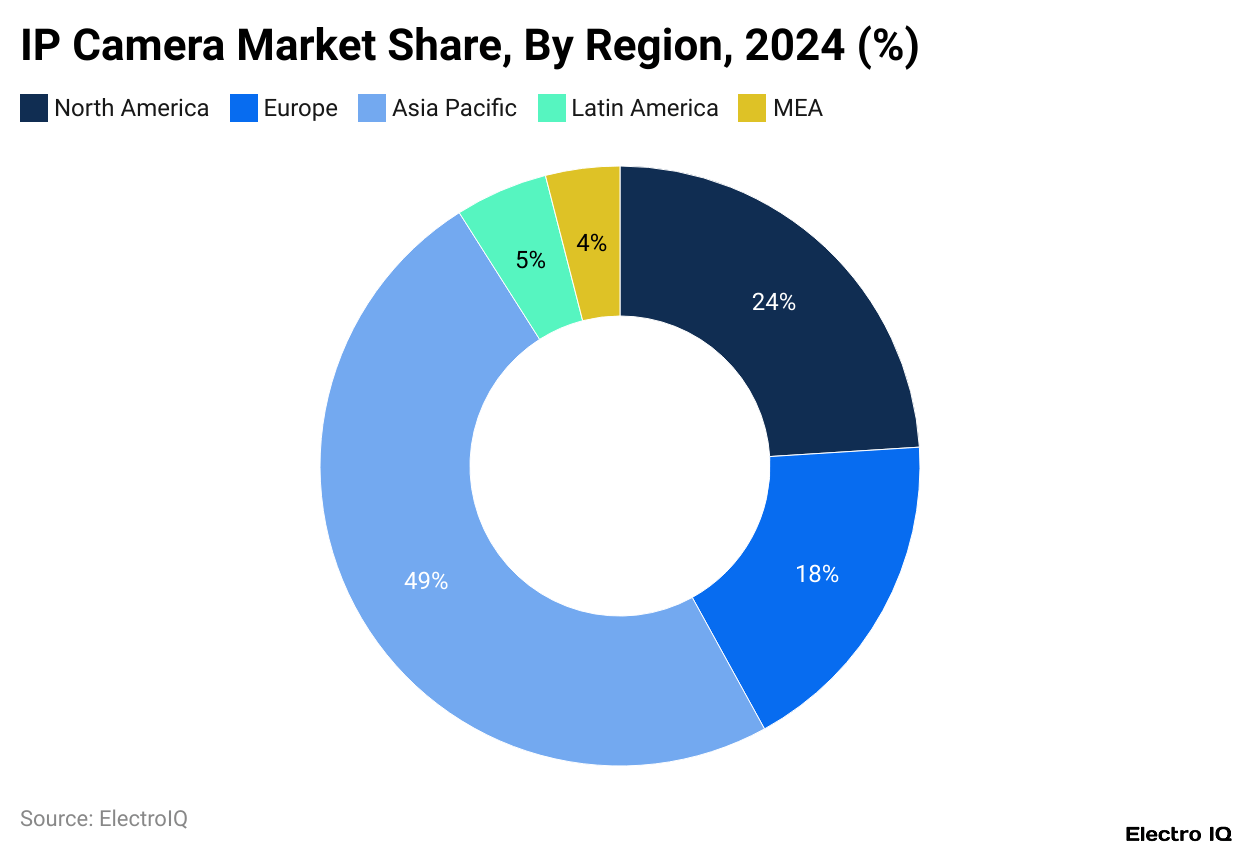
(Reference: precedenceresearch.com)
- In the year 2024, there was an attempt to divide the global IP camera market by region, and Asia Pacific had 49% of the market share.
- North America held the share with 24%, Europe with 18%, Latin America with 5%, and the Middle East and Africa (MEA) with 4%.
- Asia Pacific is expected to hold its dominance in the market in the coming years due to the high usage of semiconductor devices and the rising demand for surveillance systems.
- Rapid industrialisation, ongoing infrastructure projects, and growing concerns for threats to security and crimes in the region are some of the important driving factors for this demand.
- Despite holding a smaller share at present, Latin America would register the fastest growth rate.
- This growth is being propelled by government investment into the public safety domain and the growth of smart city projects requiring cutting-edge surveillance solutions.
- Canon’s announcement of the CR-N100 4K PTZ camera, launched in October 2023, was the first indoor camera to assure high performance at a relatively affordable price.
- Another development that would further foster interest in IP camera technologies in the region.
IP Camera Statistics By Components
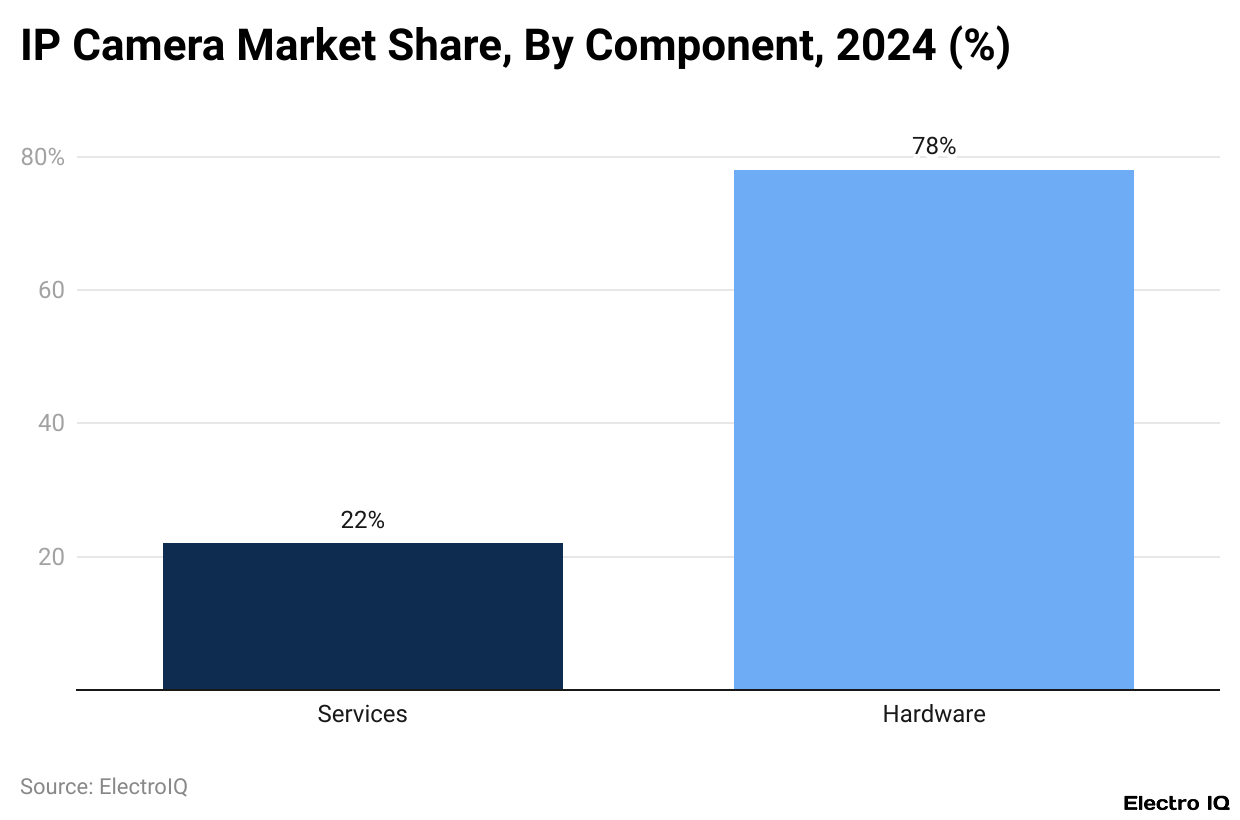
(Reference: precedenceresearch.com)
- Indeed, the hardware component made up 78% of the total IP camera market, the services accounting for 22%.
- Despite hardware being the major chunk, the service segment will very likely grow at the highest rate over the coming years. This is because firms improve their offerings and introduce new solutions for their clients.
- Manufacturers, too, are reviewing the service segment to match this growing demand for a complete IP camera system that goes beyond just hardware and now increasingly includes installation, cloud storage, monitoring, and after-sales.
- Q4 2016 saw a broad spread of competition among several brands in the U.S. IP camera market.
- At this point in time, NETGEAR was the dominant player, holding 31% of the market.
- Nest/Dropcam followed with 16%, and Night Owl Security came third with 10%. Samsung held 8%, then Lorex and Swann Communications stepped in with 7% apiece.
- Canary Communications was at 3%, with Amcrest Technologies, D-Link, Ring, and DPS all holding around 2% each.
- The remaining 11% was shared by a host of other companies, exaggerating this fragmentation within the market.
- This distribution delineates the competitive nature of the US IP camera industry during that period, with large competing alongside small-brand manufacturers.
- The global spending trends for different classes of information security grew in strength during 2017-2024.
- Application Security spent more than twice its prior amount, moving from about US$2.4 billion in 2017 to more than US$6.6 billion by 2024.
- Cloud security grew at the fastest rate-from about US$185 million in 2017 to an expected US$7 billion in 2024-showing that organisations are absolutely prioritising cloud-based protection as their data and systems move online.
- Following the same upward curve, other categories showcased their growth rates.
- Data privacy budgets stiffened from about US$2.5 billion in 2017 to about US$1.7 billion in 2024; meanwhile, data security cashed out from a US$8.8 billion 2017 high down to US$4.3 billion 2024 low.
- Identity access management headed up from US$12.6 billion to US$18.6 billion, whereas infrastructure protection went sky-high from US$3.9 billion in 2017 to more than US$33.3 billion in 2024.
- Investment pattern in Integrated Risk Management and Network Security Equipment also gives us insight into the notable changes in those organisations.
- Risk Management started with US$10.9 billion in 2017 and went down to US$6.2 billion in 2024, whereas network security equipment increased from US$52.3 billion to US$24.3 billion in 2024, showing a shift in attention.
- However, the highest surge was for Security Services, which famously increased from US$5.9 billion in 2017 to nearly US$90 billion in 2024.
- The consumption of Security Software also steadily mounted from US$5.9 billion to US$8.4 billion.
- Overall, these figures keep demonstrating a strong and steady commitment towards information security.
- The highest increases are occurring in cloud security, infrastructure protection, and security services as companies adjust to rapid modern cyber threats and digital transformation.
Advancements In IP Camera Technology
- The recent innovations in IP camera technology have drastically augmented the security potential, and 2023 has witnessed some of the biggest developments.
- Companies such as Hikvision have come up with the most advanced products having artificial intelligence (AI) capabilities and new generation imaging techniques.
- Enabled by ColorVu technology, their cameras are able to record brightly colored videos even in an environment of very little light.
- This is possible due to the advancements in lenses, sensors, and built-in auxiliary lighting.
- On top of that, the cameras use AI to augment video analytics with which they recognise patterns, detect unusual activity, and minimise monitoring errors.
- Industry experts such as Kintronics advocate that AI is now quickly becoming an accepted mainstream element within modern IP camera systems.
- Features such as facial recognition and unusual behaviour detection bring an added dimension of proactiveness from cameras in threat identification and real-time alerting.
- Whereas previously the security and operational efficiency would be done by a person, this very shift toward AI integration has enabled intelligent automated reactions.
- Additional nourishment is provided to this major advancement with the emergence of edge and cloud computing in IP camera infrastructures.
- These techniques enable video data to be stored on the camera locally or transmitted directly to the clouds instead of always depending on central servers.
- This set of option configurations allows one to decrease bandwidth usage, minimise latencies, and support advanced analytics to be run closer to the data source.
- Together, they make the IP cameras into an intelligent, faster, and highly reliable system.
- The synergism developed among the AI, edge computing, and cloud technology is a giant leap toward a more autonomous and efficient system of surveillance for businesses and households.
Regulations For IP Camera Statistics
- And the regulations for IP cameras are very different from region to region, simply because every region has its own set of priorities when it comes to security, privacy, and the use of technology.
- Europe has very stringent rules, such as the General Data Protection Regulation (GDPR) and the Cybersecurity Act, that come into force to protect personal data and to make devices more secure.
- In the United States, one such act is the IoT Cybersecurity Improvement Act of 2020, which sets standards for how the federal government may use and purchase IoT devices, which include IP cameras.
- Just recently, the ECCN 5A001.j regulations for controlling IP network communications and surveillance systems were instituted.
- In other parts of the world, the local governments have developed their approaches.
- In Dubai, all commercial buildings must install IP cameras that meet specific resolution and connectivity requirements imposed by the SIRA Preventive Systems Law.
- IP cameras made in China have been banned by the Indian Government for use in government sites because of certain security concerns.
- Coming to these regulations with a common purpose, they are willing to encourage the wide application of IP cameras while safeguarding their privacy and security concerns.
- Evidence of governments trying to accommodate technical advancements and the growing social apprehensions, stating that, henceforth, legislation in this area will have to keep on changing as surveillance technology becomes more advanced and more common.
Recent Developments
- With great improvements in IP camera technology in the past few years, new updates and new developments by companies ensued.
- In July 2023, D-Link unveiled a new line of surveillance products made in India.
- The product lineup, comprising IP-based cameras and network video recorders, was tailored to meet the security requirements of Indian consumers.
- In April 2023, 3dEYE Inc. upgraded its existing IP cameras with cloud-based ALPR analytics.
- This capability enables enterprises to identify legitimate and illegitimate vehicles, track repeat offenders, and improve visitor management and access control, all the while obviating the additional cost of acquiring new hardware.
- As mentioned before, the second-generation Hikvision value IP camera series was launched back in March 2022.
- These cameras had enhanced motion detection and fewer false alarms, as AcuSense technology is employed in determining people from vehicles.
- It improved further by making the recorded video searchable for a set of specific events, hence making the surveillance system more efficient and accurate.
Conclusion
IP Camera Statistics: The IP camera market in 2024 comes with steady global growth, mainly due to demands for security, rapid urbanisation, and smart city projects. The market is led by Asia Pacific, which is jointly followed by Latin America, also set to grow fastest. The demand there for hardware is greater, but services in cloud storage, monitoring, etc., are fast catching up.
At the very same time, AI, edge computing, and regulatory standards are reshaping that industry. With governments enforcing stringent privacy laws and companies propelling more advanced products into the marketplace, IP cameras are thus becoming much smarter, very reliable, and are central to modern-day security arrangements for a house, business, and public area.
Sources
FAQ.
The world markets value the IP camera industry at an estimated US$14.3 billion in 2024, up from US$12.7 billion in 2023. It is forecasted to grow steadily at approximately 9%, to reach US$42.7 billion by 2033, implying the robust and growing demand worldwide for modern surveillance solutions.
With 49% of the market share, the Asia Pacific is the leading region in the global IP camera market, which accounts for rapid industrialisation, infrastructure projects, and high-level security concerns. North America (24%), Europe (18%), and Latin America (5%) are following behind, with the latter expected to report growth at the fastest pace, backed by government investments in security and smart city projects.
The market is split into hardware (78%) and services (22%). Hardware dominates right now, though the services side, including installation, cloud storage, monitoring, and maintenance, is forecast to be the fastest-growing segment as clients begin to require turnkey, integrated solutions beyond merely the devices.
AI is doing this by making IP cameras smarter with facial recognition, abnormal behaviour detection, and advanced video analytics. For example, Hikvision ColorVu and AcuSense cameras give better low-light footage and decrease false alarms. This helps in automating threat detection and improving efficiency for security applications.
One can say that different regions apply different laws. In Europe, the GDPR and Cybersecurity Act dictate the privacy and security of devices. In the US, for government adversaries, there’s the IoT Cybersecurity Improvement Act. Dubai, under SIRA’s law, allows for IP cameras in commercial buildings, while India bars Chinese-made IP cameras at sensitive sites on national security grounds.

I hold an MBA in Finance and Marketing, bringing a unique blend of business acumen and creative communication skills. With experience as a content in crafting statistical and research-backed content across multiple domains, including education, technology, product reviews, and company website analytics, I specialize in producing engaging, informative, and SEO-optimized content tailored to diverse audiences. My work bridges technical accuracy with compelling storytelling, helping brands educate, inform, and connect with their target markets.


